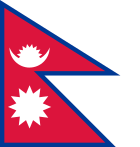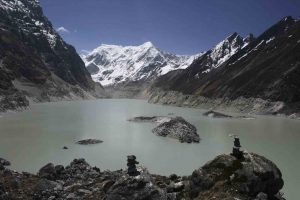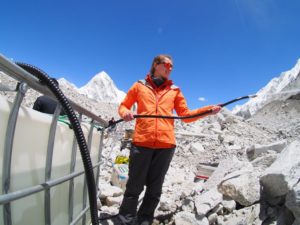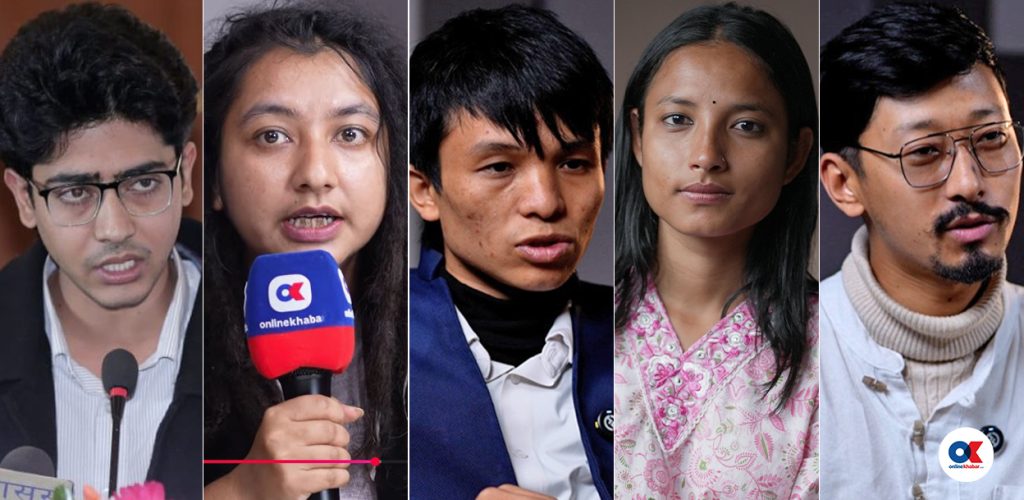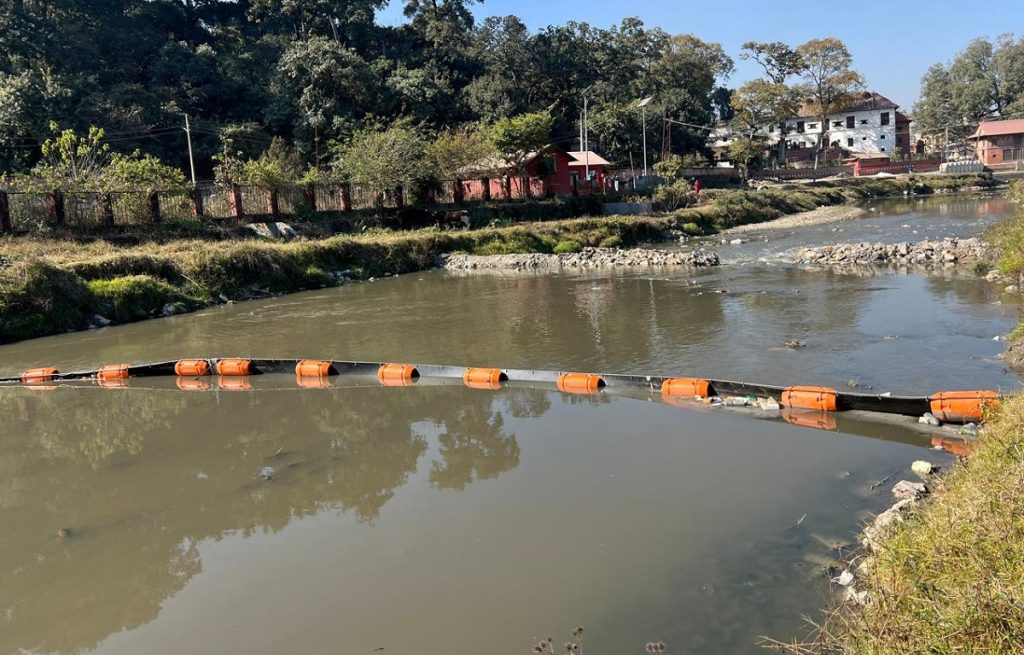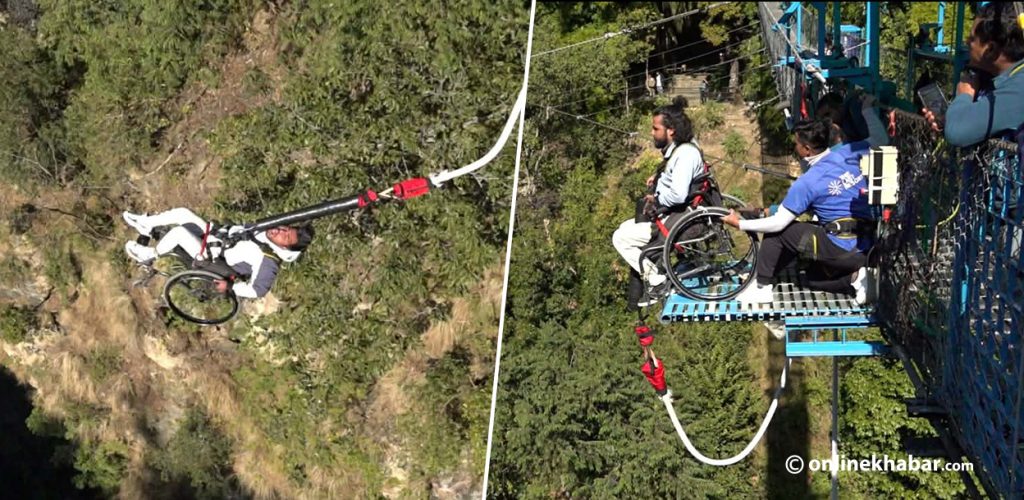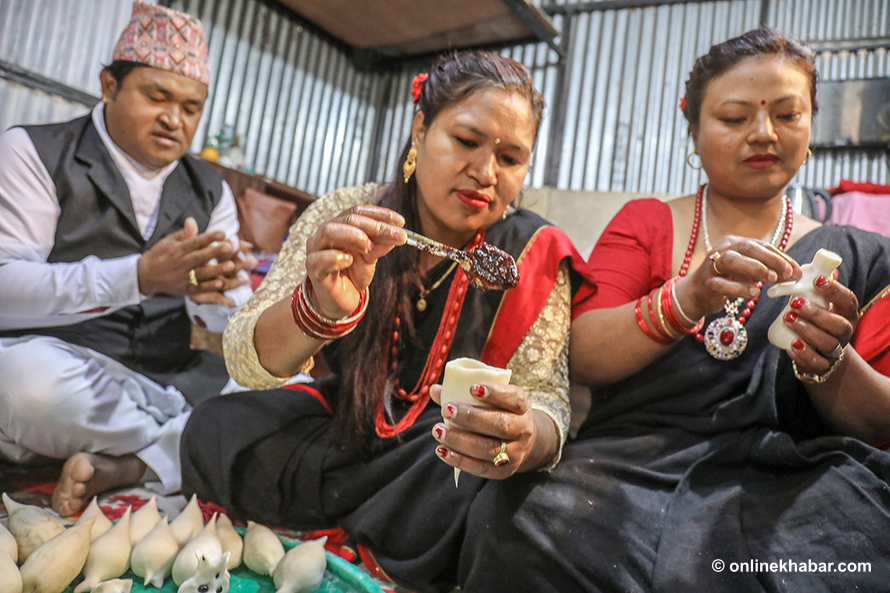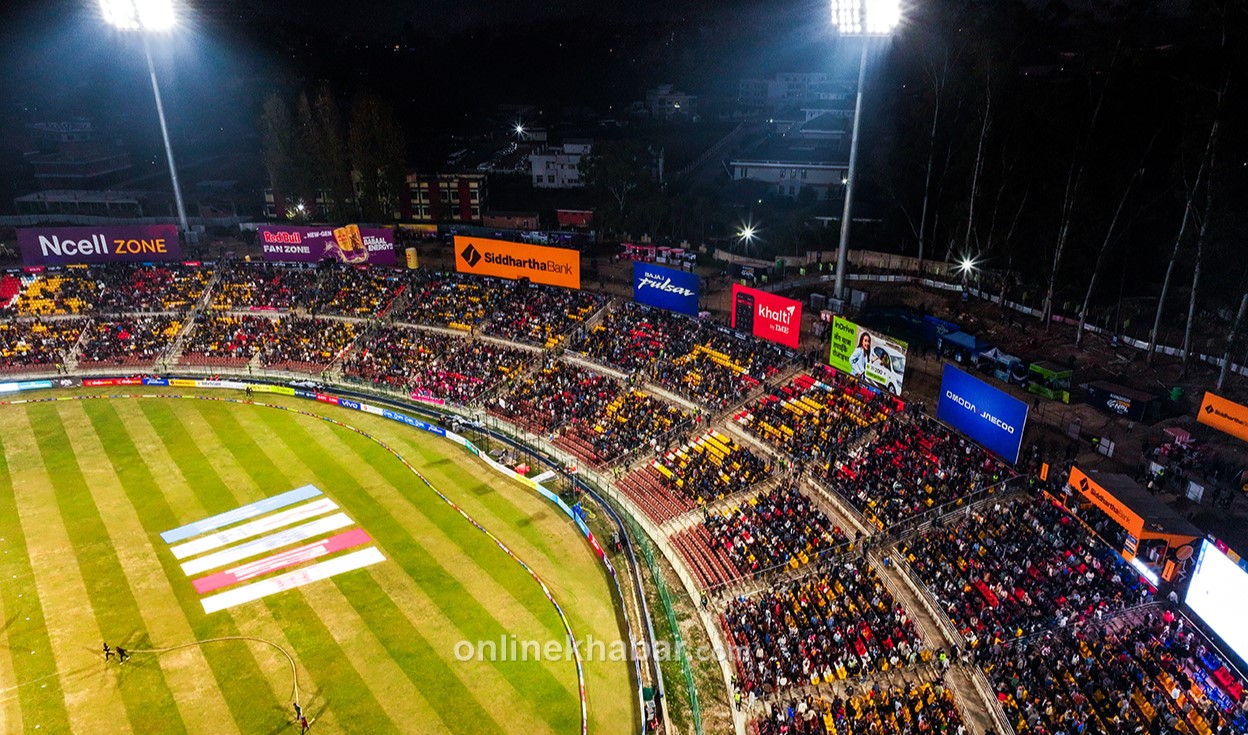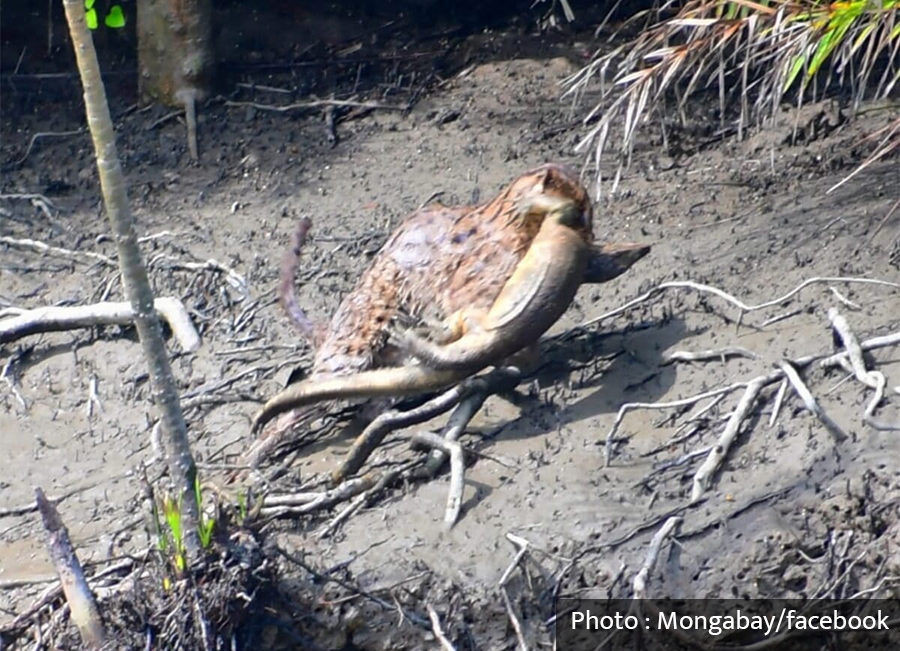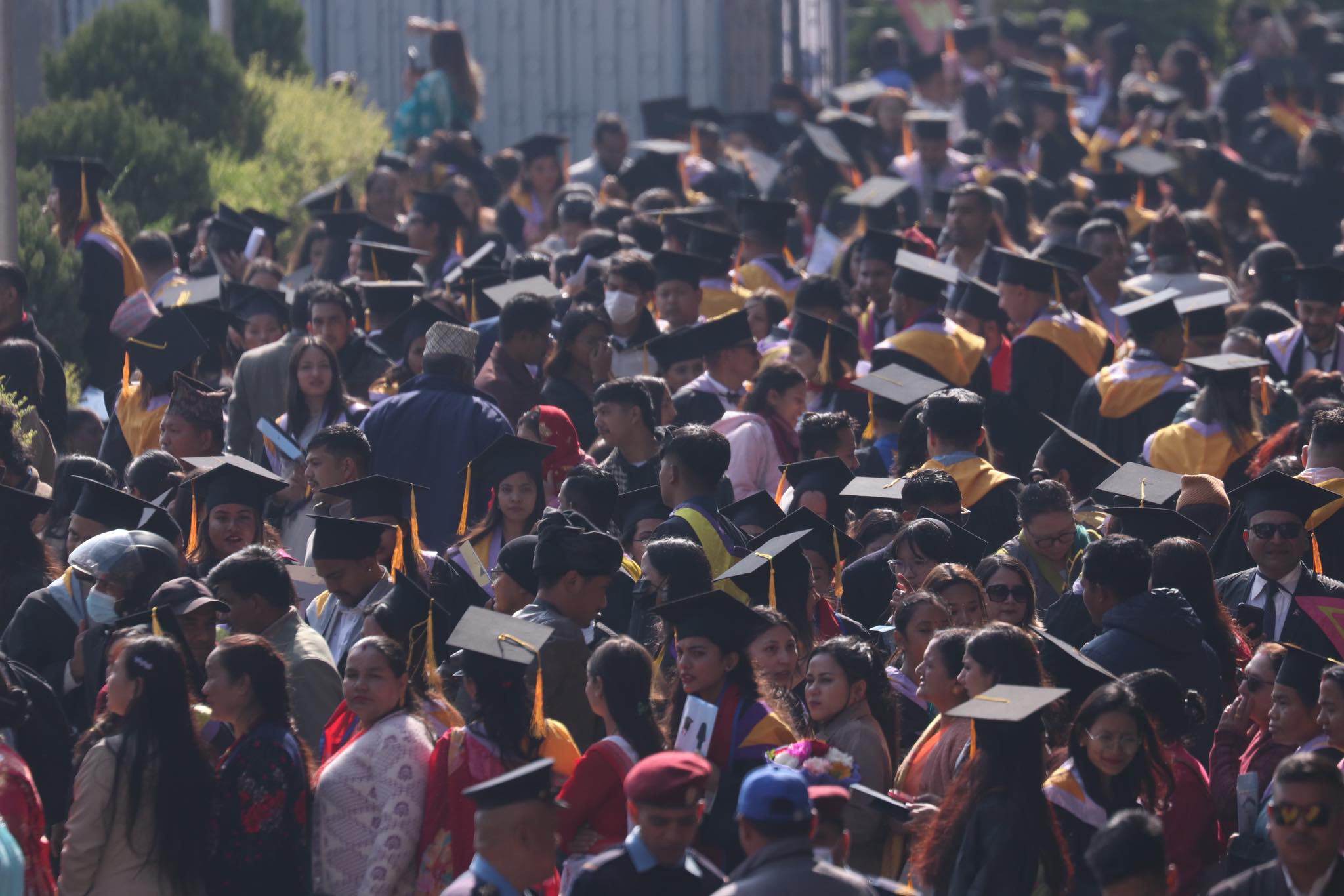
A recent edition of the 2025 United Nations World Water Development Report published last month on the day of first-ever World Day for Glaciers highlights that globally rising temperature has been fueling glacier melt faster than ever around the world. Since the mountains and glaciers are called water towers; they provide fresh water for billions of people, regulate river systems and sea levels, and play a vital role in Earth’s ecosystem. However, glacier melt increment creates many small glacial lakes and ice dams, huge volumes of water, and debris which causes bursts, avalanches, flash floods and sweep downstream, especially in geographically fragile mountain regions–like the Hindu Kush Himalayan (HKH) region, the UN water report states.
Meanwhile, Nepal is going to kick off its first edition of ‘Sagarmatha Sambad’ as the flagship dialogue on the theme of ‘Climate Change, Mountains and the Future Humanity’ next month saying to draw attention among international and regional fraternity for mutual climate justice. This three-day multi-stakeholders and cross-sectional discussion forum has also been tentatively scheduled for glacier preservation talk. How much of an impact it will create depends on the future.
But we should rethink and react ourselves, should change the narrative that glaciers are not only the aesthete for towering mountains, that’s why tourists come and thrive in tourism. While various researches reveal since Nepal belongs to HKH, glacier retreats have affected livelihood, wildlife, biodiversity, and infrastructures. For instance, the initial phase of glacier melting leads to an increase in water flow, unusual floods and landslides occur downstream. Over the long term, reduced water flows and increased droughts are expected to cause water scarcity for meeting basic human needs, drinking, household chores, food, agriculture and energy security, and water-related work. Experts say glacier melt water contributes up to 20 percent of water availability in Nepal. So, we should reshape perspectives with long-term livelihood-centric approaches for mountain to lowland areas.
The most vulnerable and marginalised people are often at high risk including mountain farmers and indigenous communities. The ICIMOD assessment report underscores that HKH region’s more than 30 percent of the mountain populations are already suffering from food insecurity and around 50 percent face some form of malnutrition, with women and children being more, and if the decline of food production because of lack of irrigation and drought would expose than more food insecurity in future here, which impacts Nepal the most.
Key factors of glacier retreat
The environmental degradation by human activities such as haphazard constructions, industrialisation, carbon dioxide and other greenhouse gas emissions have been contributing to temperature rise quickly, according to WWF research, a global conservation organisation. This rising trend has been contributing to glaciers melting up since the early 1900s across the world.
In Nepal’s context, the rising trend of urbanisation, concretisation, deforestation, and fire plays a role.
Global temperature chart link: https://www.datawrapper.de/_/wNKlC/?v=3
The testimony
In the Mt. Everest region of Nepal last year on 16 August afternoon, two glacial lake outbursts among five caused unusual flooding and swept a downstream village–Thame, Khumbu Pasanglamu Rural Municipality, Solukhumbhu district, with an altitude of 3610-metre. 135 people were injured. 13 houses, two hotels, one school, and one health centre, were fully damaged. 10 houses, one steel truss bridge, and one electricity dam were partially damaged.
According to the Department of Hydrology and Meteorology, that outburst flood caused a water flow increase at the Rabuwabazar station in the Dudh Koshi river, approximately 82 km downstream from Thame. The Dudh Koshi along the Koshi basin is a major tributary of the large Asian river system–Ganges. At an altitude of 4800, outburst lakes were Moraine dammed of Thyangbo glacier. Multiple inspections show the glacial lake outburst flood (GLOF) was caused by intense rainfall and glacier melt. This is not first ever incident for Thame, and it was much more affected than last year by the Moraine dammed Dig Tsho Lake burst on 4th August 1885. The 1885 burst occurred due to an ice avalanche and it took five lives, two hotels destroyed, 30 houses partially damaged, 14 bridges, and nearly completed Namche Small Hydro Project damaged, a paper on The Langmoche Flash-flood, Khumbu Himal, Nepal states. This is how the multiple effects have been occurring in a single mountain settlement.
The datas
Due to the temperature rise a big portion of glacier fragmentation has created many small glaciers in Nepal. The 2001, 2011 and 2020 Glacial Lake Inventory Research Reports shed light that around 3,808 glaciers were expanded by 2010 from 3,252 in 2001, and the area of glaciers decreased to 3,903.5 sq. km till 2010 from 5,324 sq. km in 2001 (the latest year for which data is available). Furthermore, the number of glacial lakes increased to 2,070 by 2015 from 1,466 in 2010. Nepal witnessed 56 GLOFs till last year (for the details, go through this interactive map).
A 2020 Glacial Lake Inventory research report has identified 47 potentially dangerous glacial lakes (PDGLs) within Koshi, Gandaki, and Karnali river basins of Nepal, China (Tibet) and India, tributaries of the large Asian river system–Ganges. The Koshi Basin contains 42 of them alone, so this region of the Koshi Basin and its downstream are at risk. Gandaki has three and Karnali has two PDGLs. 21 are located in Nepal territory alone; 18 are in Koshi, two are in Gandaki, and one is in Karnali basin.
As Nepal is a landlocked country having many of the world’s highest peaks, including Mt Everest (8,848-metre) and stretches to low-lying areas in the southern region with altitudes less than 100-metre, is prone to multiple disasters. For instance, Nepal already witnessed 27 avalanches; one in 2017, six in 2019, four in 2021, two in 2022, eight in 2023, two in 2024 and four this year, so far, across mountainous districts Dolpa, Dhading, Manang, Rukum East, Mustang, Myagdi, Gorkha, Solukhumbu, Mugu, Bajhang, Darchula, Rasuwa, and Kaski, according to the government’s Nepal Disaster Risk Reduction Portal. There were 25 dead and eight went missing. Last Monday only, two Nepali Sherpa guides went missing when an avalanche struck the upper slopes of Mt. Annapurna, Myagdi district.
Meanwhile, scientists have projected glacier volume in the HKH region to shrink down by 30 to 50 per cent while the global temperature hikes to 2 degrees Celsius from 1.5, according to the 2023 research. So, this is how it is going to be expensive for Nepali livelihood as well.
The way forward
Building a global forum like ‘Sagarmatha Sambad’ can play a crucial role in fostering public debate to create pressure. Also, what glaciologists, researchers and experts have been emphasising for a long time is there is not only a reason for rising temperature and climate change impacts triggering glacier melt and impacting livelihood in Nepal, but also its diverse geography and unsystematic human intervention over it has been intensifying the risks. So, Nepal must follow the environment-friendly development and intervention as mentioned in its several policies. As well as to prevent glacier retreat-induced disasters, transboundary collaboration, regional dialogue, advocacy and awareness raising at the grassroots level, and joint adaptation plans should take urgent action constantly.

